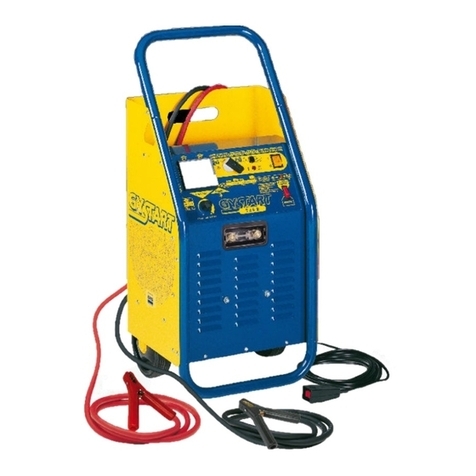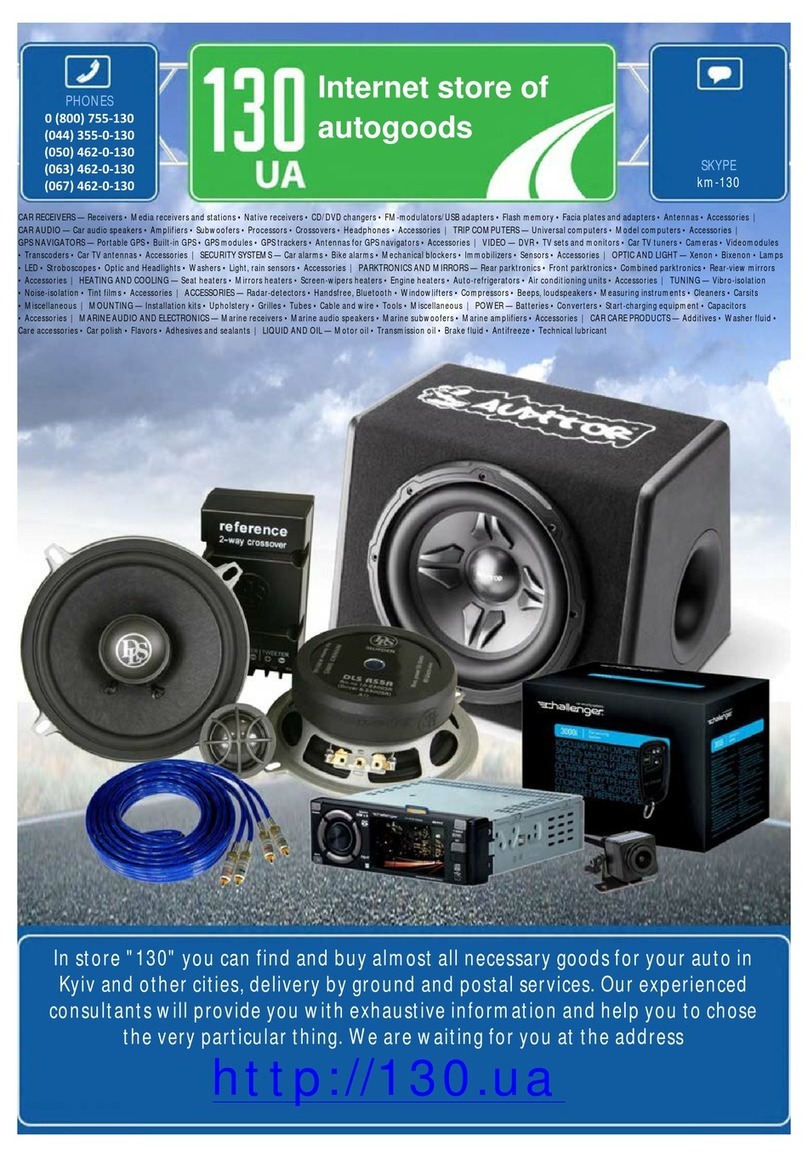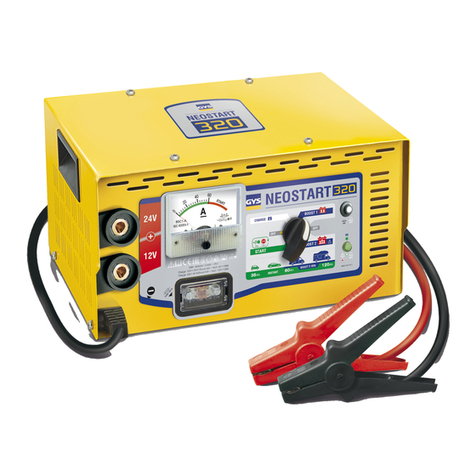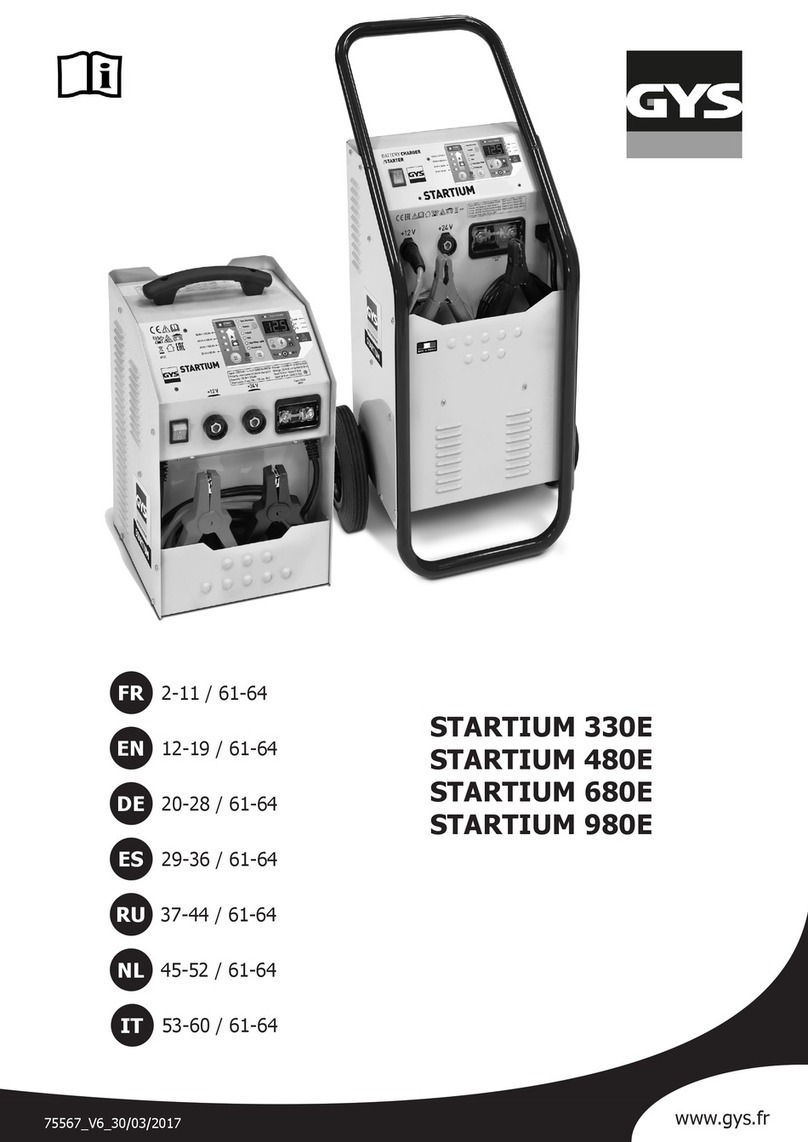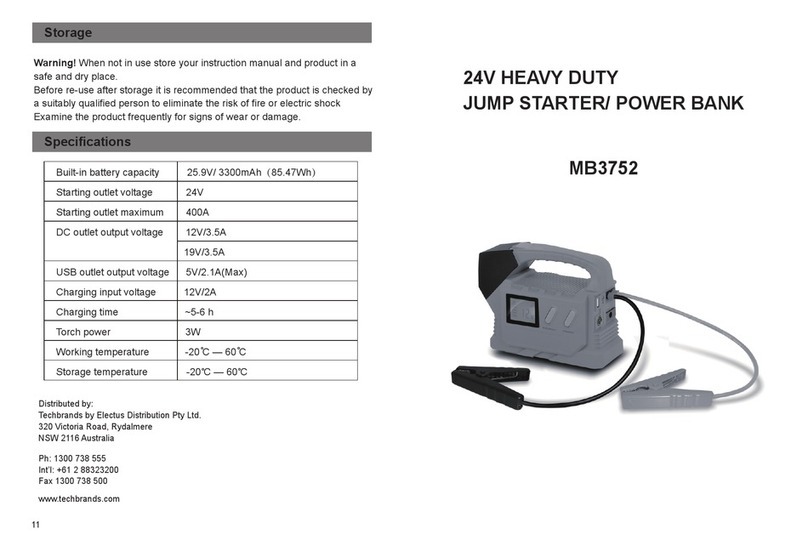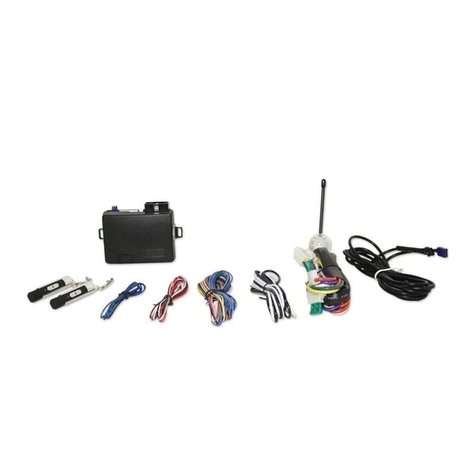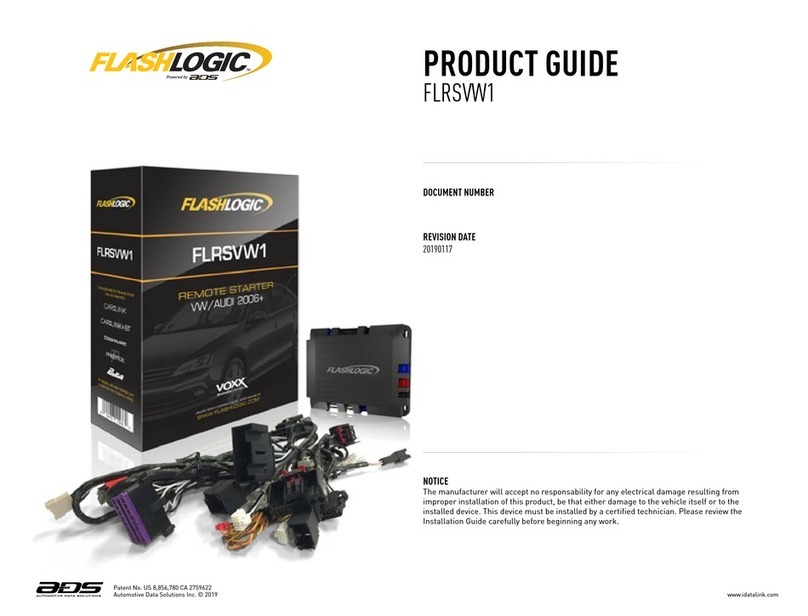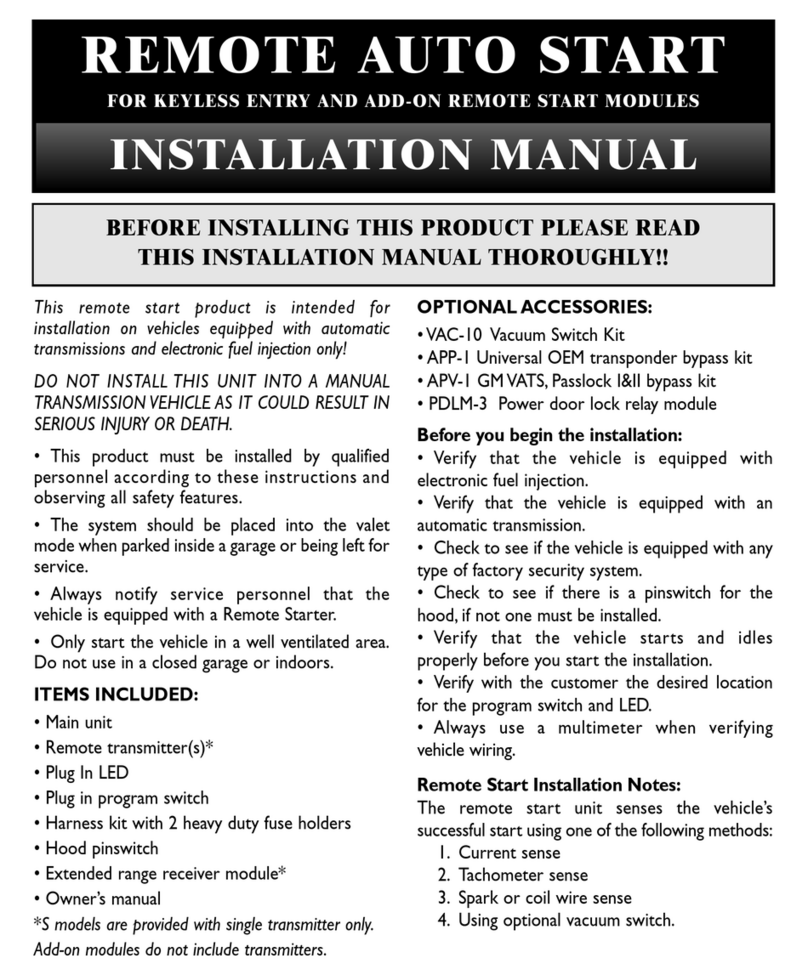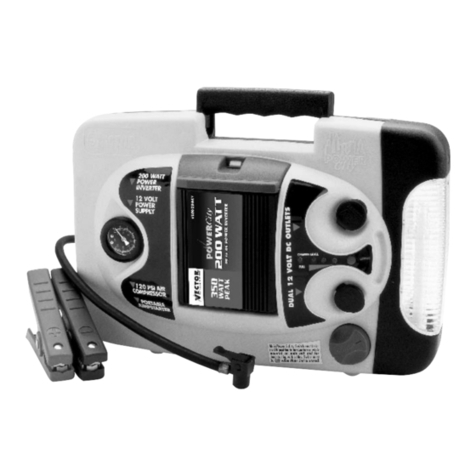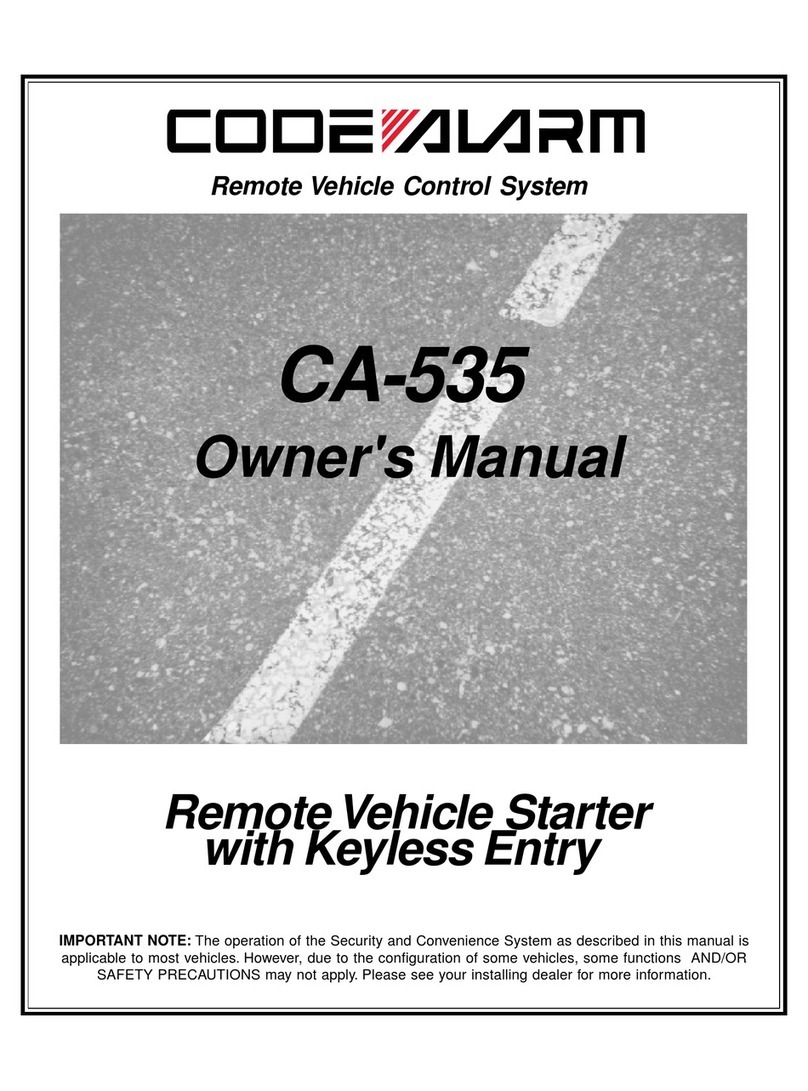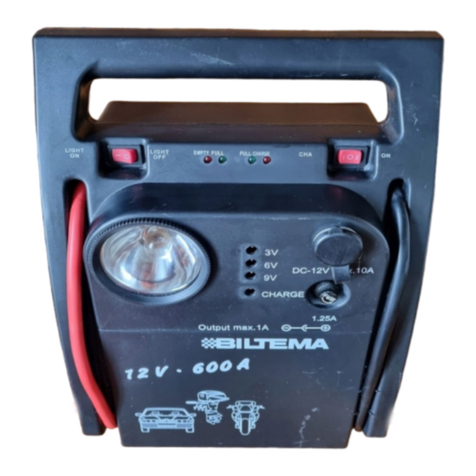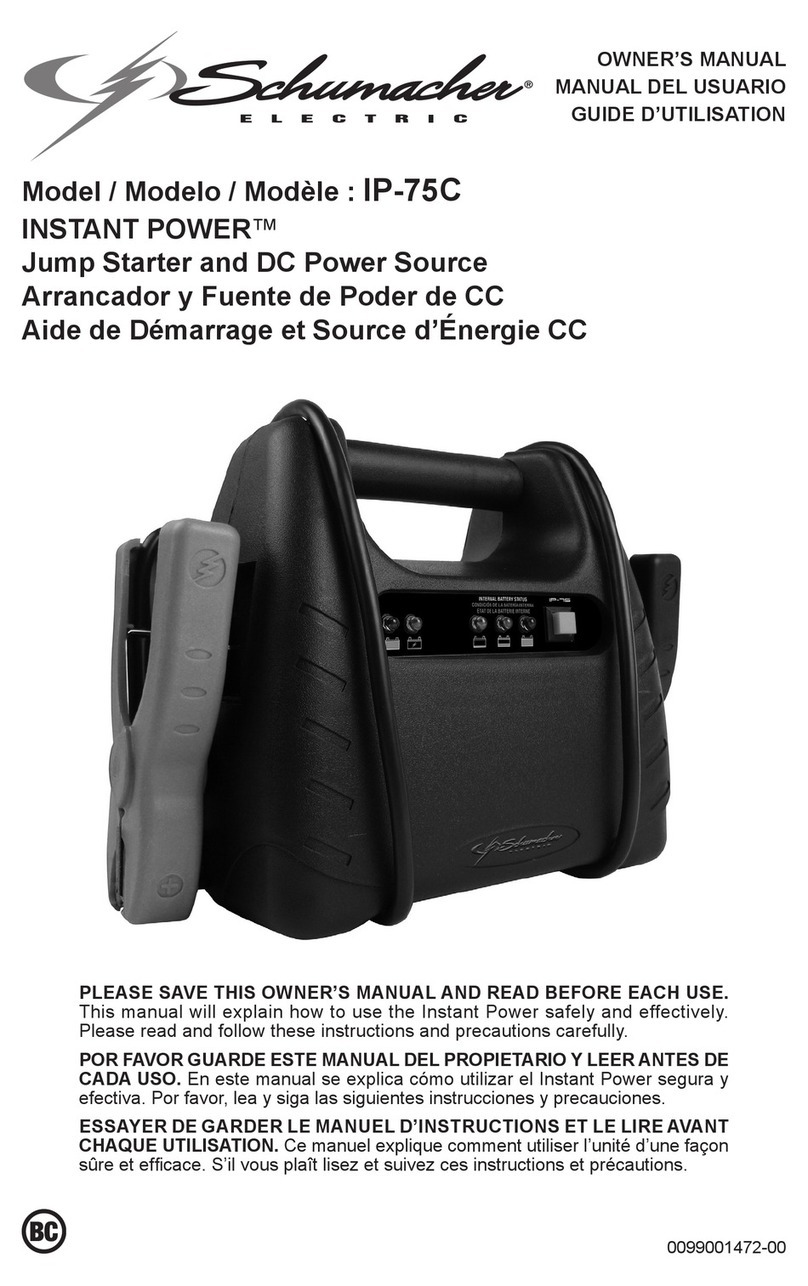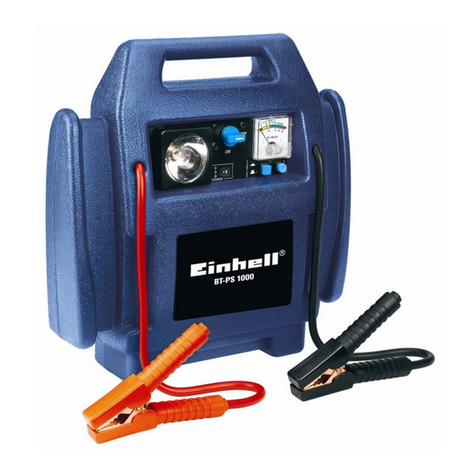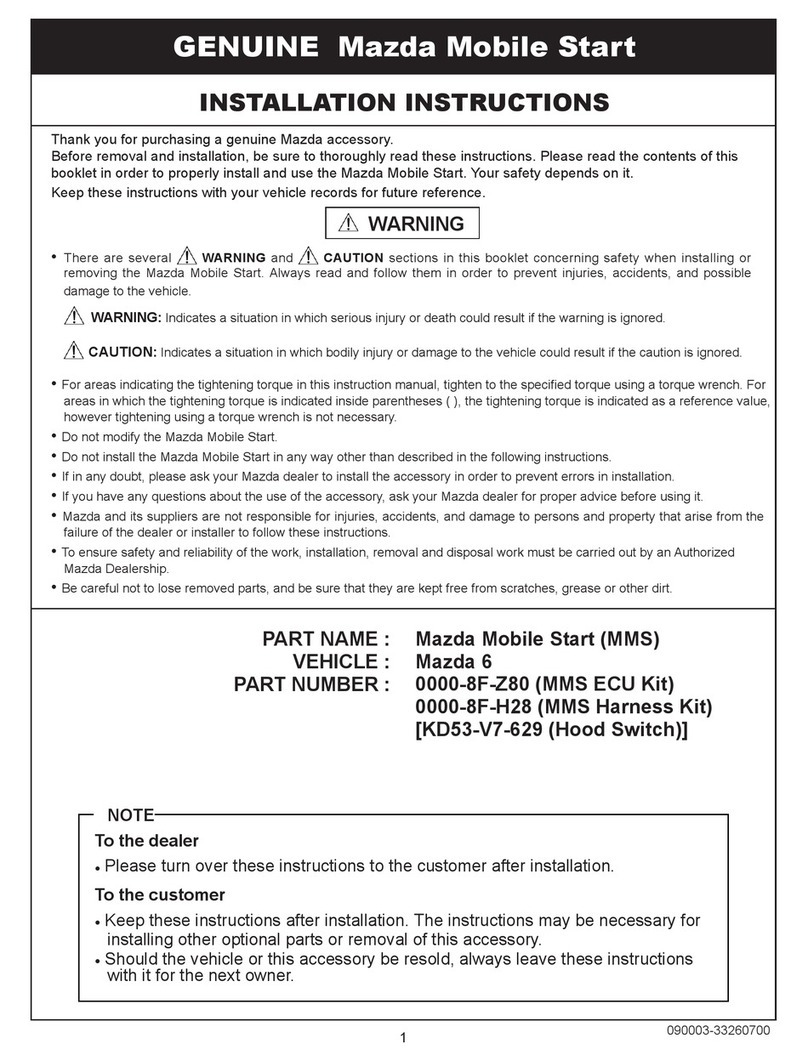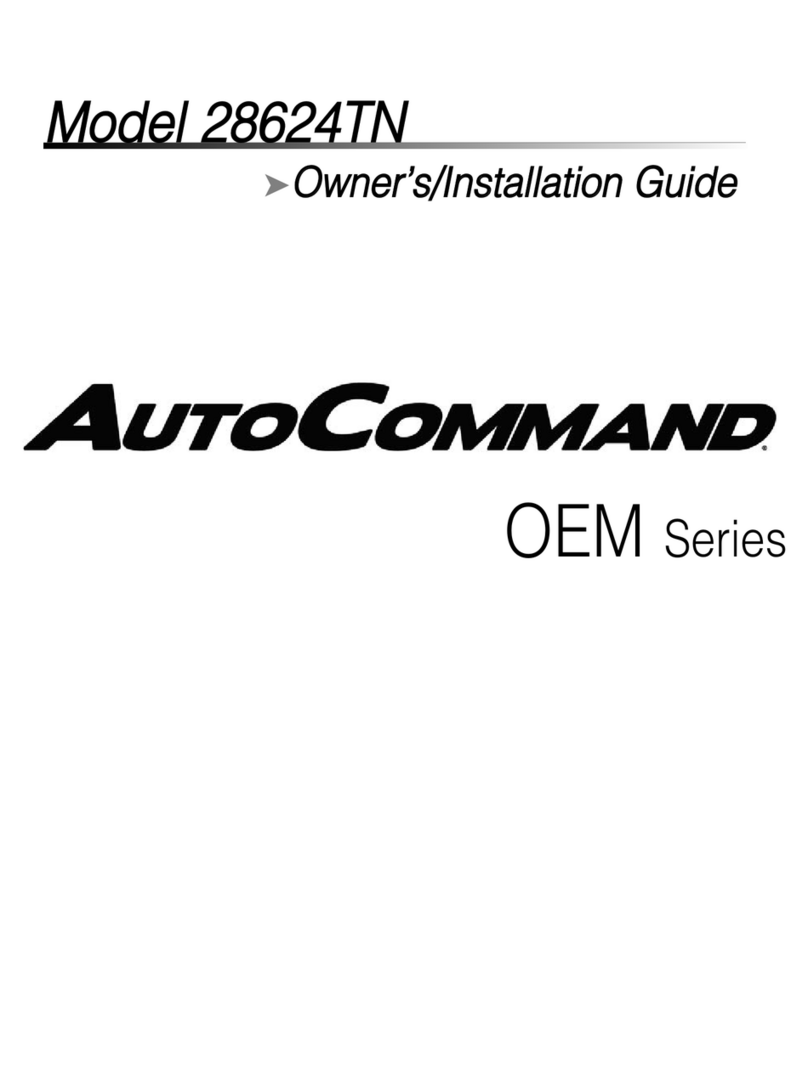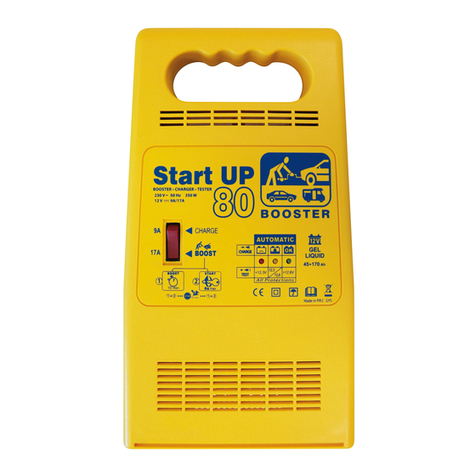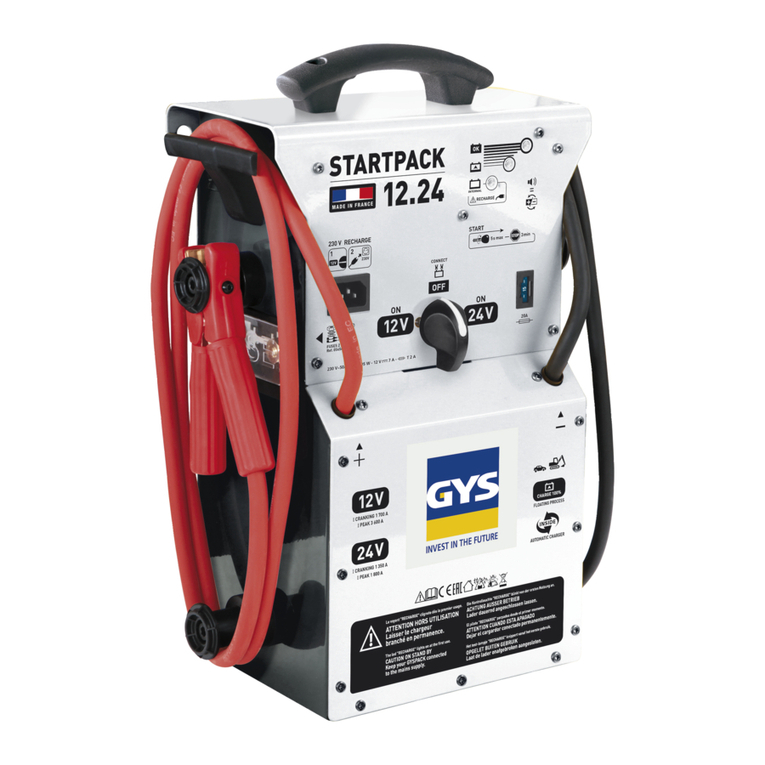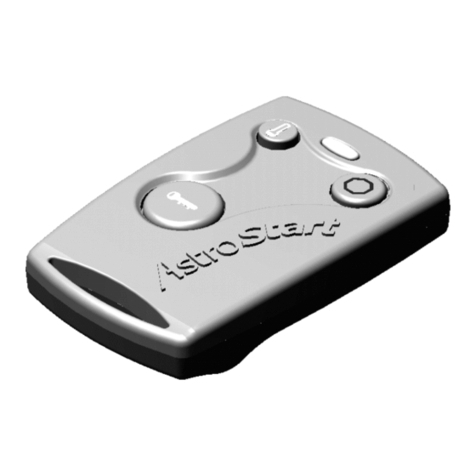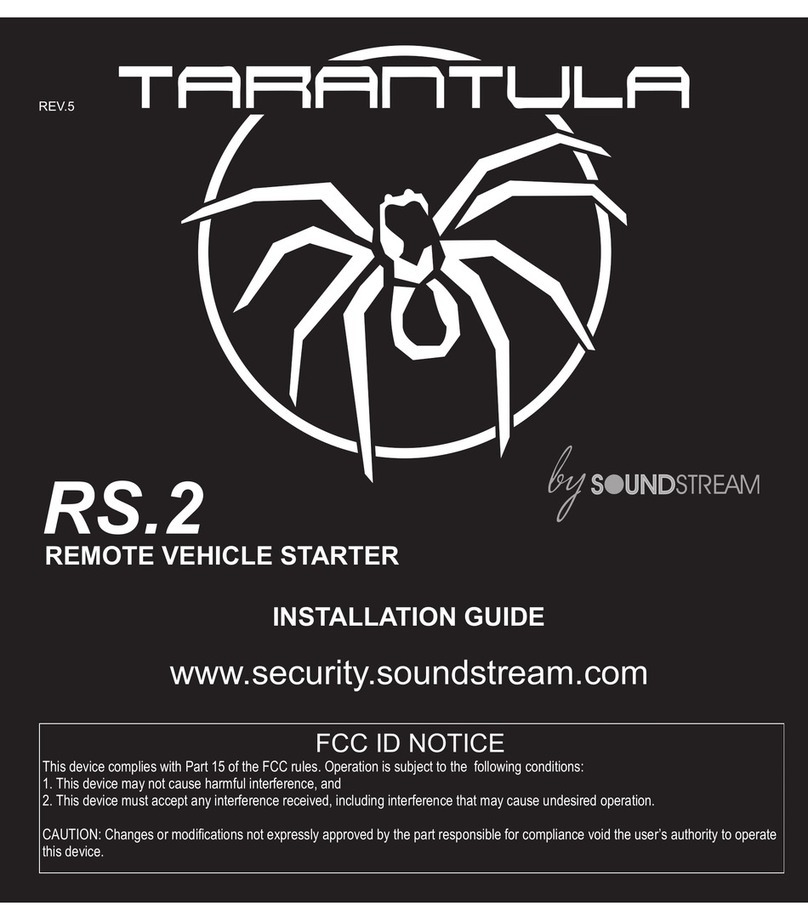
7
GYSPACK AUTO / GYSPACK 400 FR
Notice originale
L’appareil n’arrive plus à démarrer le
véhicule et aucune LED de l'appareil
ne s'allume en mode "Test".
La tension des batteries internes est
très basse. Il se peut qu’elles soient
endommagées.
Remettre l’appareil en charge pour
tenter une restauration de la batterie.
La batterie interne est endommagée
et ne peut être rechargée. Contacter le service après-vente GYS
pour procéder à un remplacement de
la batterie.
La recharge de la batterie interne ne
démarre pas (aucune des LED de
l'état de charge de l'appareil ne s'al-
lume).
La prise du chargeur externe n’est pas
correctement enchée dans la prise
de l’appareil.
Vérier la connexion de la prise du
chargeur sur l'appareil.
Après une journée de charge, le
voyant de n de charge ne s'allume
pas.
Les batteries internes sont endomma-
gées et ne peuvent être rechargées. Contacter le service après-vente GYS
pour procéder à un remplacement des
batteries.
En mode source d’alimentation ex-
terne 12V, le booster ne délivre plus
de courant.
Le disjoncteur thermique interne a
coupé le circuit. Débrancher l’appareil extérieur
connecté au booster et attendre que
le disjoncteur se réarme automatique-
ment.
RECHARGE DE LA BATTERIE INTERNE
Brancher le chargeur au secteur 230V et l’autre extrémité sur l’avant du GYSPACK.
En n de charge l’arrêt est automatique et le voyant indicateur de charge s’allume.
Nb : Le Gyspack doit toujours être posé verticalement pendant la recharge, sinon il y a risque de fuite d’acide et de
destruction.
NON GARANTIE DE LA BATTERIE
Les batteries sont des éléments actifs, leur durée de vie dépend de leur entretien. Après chaque utilisation de ce
démarreur, il est impératif de recharger les batteries internes. Le stockage dans des lieux aux températures élevées
réduit considérablement la charge des batteries. Dans le cas d’une non-utilisation prolongée, il est fortement conseillé
de recharger les batteries avant utilisation. De manière générale, nous conseillons de laisser le produit branché en
permanence pour maintenir les batteries à leur meilleur niveau de performance.
Ce produit est équipé d’une batterie haute performance qui dans le cas du non respect des règles d’entretien peuvent
se détériorer dans le temps et de manière irréversible.
Sa conservation dépendant de son utilisation, la batterie du GYSPACK AUTO est exclue de la garantie.
CONDITIONS DE GARANTIE
La garantie couvre tous défauts ou vices de fabrication pendant 1 an, à compter de la date d’achat (pièces et main
d’oeuvre). La garantie ne couvre pas :
• Toutes autres avaries dues au transport.
• L’usure normale des pièces (Ex. : câbles, pinces, etc.).
• Les incidents dus à un mauvais usage (erreur d’alimentation, chute, démontage).
• Les pannes liées à l’environnement (pollution, rouille, poussière).
En cas de panne, retourner l’appareil à votre distributeur, en y joignant :
- un justicatif d’achat daté (ticket de sortie de caisse, facture….)
- une note explicative de la panne.


